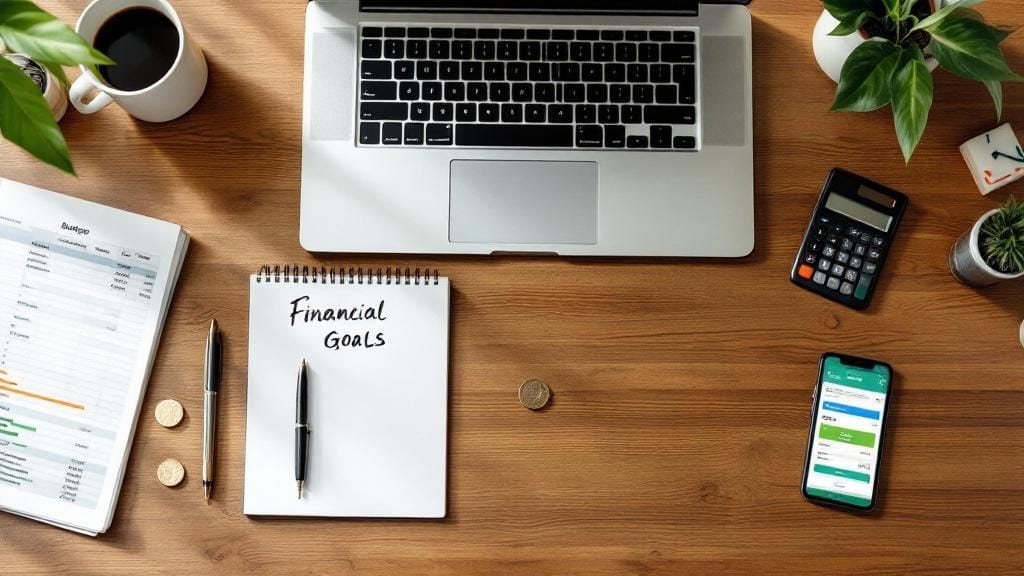If you’re drowning in debt and struggling with a poor credit score, you’re not alone—and you’re not without options. Many people with bad credit think debt relief is out of reach, but that couldn’t be further from the truth. There are real solutions out there designed specifically to help individuals in your shoes.
This guide breaks down the best debt relief options for bad credit, offering practical steps, tools, and resources to help you regain financial control and start rebuilding your credit—without judgment or confusing jargon.
What Is Debt Relief for Bad Credit?
Debt relief for bad credit refers to financial strategies or programs designed to help people with poor credit manage, reduce, or eliminate their debt. These options may include:
Debt consolidation for bad credit
Debt settlement
Credit counseling
Government debt relief programs
Emergency debt relief for bad credit
Personal loans for debt relief with bad credit
If your credit score is below 600 and you’re finding it hard to make monthly payments or keep up with high-interest credit card balances, debt relief can be a lifeline.
Why Bad Credit Doesn’t Mean No Options
A bad credit score doesn’t disqualify you from receiving help—it simply means you need a tailored approach. Lenders and nonprofit organizations understand that people face financial setbacks like job loss, medical emergencies, or unexpected expenses.
In fact, some of the best debt relief companies for bad credit specialize in helping people who’ve been turned away by traditional banks or lenders.
Top Debt Relief Options for Low Credit Scores
1. Debt Consolidation for Bad Credit
Debt consolidation combines multiple high-interest debts—like credit cards, payday loans, or medical bills—into a single loan with one monthly payment.
✅ How It Helps:
Reduces the number of creditors you owe
Potentially lowers your interest rate
Helps improve your credit utilization ratio
⚠️ Tip:
Look for lenders offering personal loans for bad credit debt relief, or consider secured loans if you have assets like a vehicle or property.
2. Credit Card Debt Relief for Bad Credit
Credit card balances can quickly spiral out of control. If you’re only making minimum payments, you’re probably watching your balance barely move.
💡 Solutions:
Balance transfer cards (if your score is borderline fair)
Debt management plans via nonprofit credit counseling agencies
Negotiating lower interest rates directly with card issuers
These strategies can be part of your debt repayment strategy, helping to chip away at debt while you avoid collections or legal action.
3. Credit Counseling Services
Credit counseling services offer professional help in evaluating your financial situation and building a customized repayment plan.
What They Do:
Review your debts and income
Offer budgeting advice and financial hardship assistance
Create a monthly payment plan to repay debt over time
Real-Life Example: Sarah, a single mom with a 540 credit score, avoided bankruptcy by working with a nonprofit agency to set up a debt management plan. Within 3 years, her credit score jumped to 680, and she paid off $12,000 in credit card debt.
4. Bad Credit Debt Settlement
Debt settlement involves negotiating with creditors to pay less than what you owe—often in a lump sum. While this can significantly reduce debt, it may impact your credit score in the short term.
Best For:
Individuals facing severe financial hardship
Those with high unsecured debt ($10,000+)
Work with trusted professionals or one of the best debt relief companies for bad credit to avoid scams.
5. Government Debt Relief Programs for Bad Credit
You might qualify for government debt relief programs depending on your income, debt type, or hardship situation.
Examples:
Hardship programs for federal student loans
Low-income utility and rent assistance
State-run financial hardship programs
These options often go overlooked, but they can provide meaningful relief—especially if you’re facing emergency debt relief for bad credit.
6. Personal Loans for Debt Relief with Bad Credit
Although harder to qualify for, some lenders offer personal loans for debt relief specifically tailored to low-credit borrowers. Look for:
Online lenders that perform soft credit checks
Credit unions offering community-based lending
Co-signed loans with a trusted partner
Just be cautious of sky-high interest rates or predatory lenders.
How to Choose the Right Debt Relief Option
Choosing the right path depends on your situation. Here’s how to narrow it down:
✅ Ask Yourself:
How much do I owe, and to how many creditors?
Can I make minimum monthly payments?
Is my income stable?
Am I facing lawsuits or collection threats?
📊 Use This Comparison Table:
| Debt Relief Option | Best For | Credit Score Impact | Speed of Results |
|---|---|---|---|
| Debt Consolidation | Moderate debt, multiple accounts | May improve | Moderate |
| Debt Settlement | Large, unsecured debts | Negative short-term | Fast |
| Credit Counseling | Low to moderate debt | Neutral/positive | Slow to moderate |
| Government Programs | Low income, specific hardships | Neutral | Varies |
| Personal Loans | Stable income, single repayment | Depends on terms | Fast |
Tips to Rebuild Credit After Debt Relief
Once you’ve tackled your debt, the next step is rebuilding your credit. Here’s how:
🔁 Rebuilding Steps:
Make on-time payments consistently
Lower your credit utilization ratio below 30%
Dispute errors on your credit report
Avoid applying for too many new accounts
Consider a secured credit card for credit rebuilding
📈 Track Your Progress:
Use free tools like Credit Karma or Experian
Monitor your debt-to-income ratio
Review changes in your FICO score monthly
Avoiding Scams and Predatory Offers
Unfortunately, people with bad credit are often targets for shady companies promising “guaranteed” relief.
🚫 Red Flags:
Upfront fees before any help is given
Promises to “erase” your debt or credit history
No clear contract or transparency
Stick to trusted sources, read reviews, and always verify credentials.
✅ Conclusion: There Is Debt Relief for Bad Credit
Having bad credit doesn’t mean you’re out of options—it means you need the right ones. Whether through debt consolidation for bad credit, credit counseling services, or government programs, the path to financial freedom is possible.
Debt relief for bad credit isn’t a one-size-fits-all solution. But by understanding your options and making smart choices, you can take control of your debt, protect your financial future, and start rebuilding your credit one step at a time.
Frequently Asked Questions (FAQs)
1. Can I get debt relief with a poor credit score?
Yes! There are multiple poor credit score solutions like credit counseling, consolidation loans, and government hardship programs designed specifically for low-credit individuals.
2. What are the best debt relief companies for bad credit?
Look for companies with strong BBB ratings, no upfront fees, and clear debt settlement plans. Examples include National Debt Relief, Freedom Debt Relief, and Accredited Debt Relief.
3. Are government debt relief programs real?
Yes, there are government debt relief programs for bad credit, especially for student loans, utility bills, and housing assistance. Start by checking official state and federal websites.
4. Will debt relief hurt my credit score more?
Some options, like debt settlement, can temporarily lower your score. However, long-term, responsible use of monthly payment plans or counseling services can improve your score.
5. How can I rebuild credit after using debt relief?
Start by making on-time payments, lowering credit usage, and avoiding new debt. Consider using secured cards and track your credit monthly to stay on course.
6. Is debt consolidation a good idea for bad credit?
Yes, debt consolidation for bad credit can simplify payments and potentially lower interest, especially if you qualify for a lower-rate loan through a credit union or lender.
7. What is the debt-to-income ratio, and why does it matter?
It’s the percentage of your income that goes toward debt. A high debt-to-income ratio can affect your chances of loan approval. Lowering it helps with both credit rebuilding and future loan eligibility.








Comments (0)